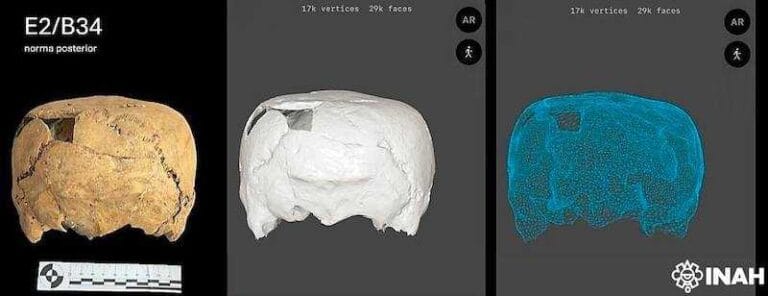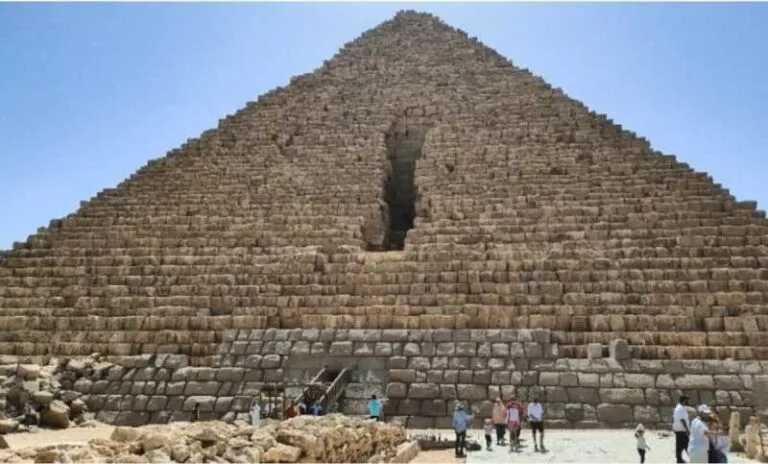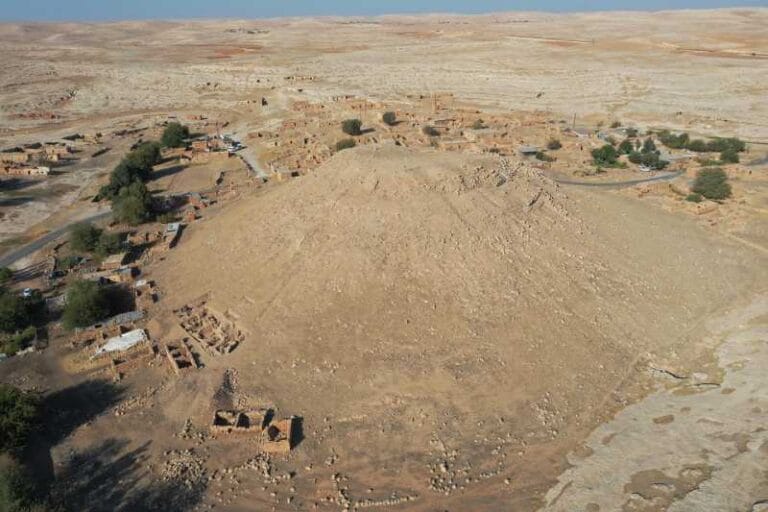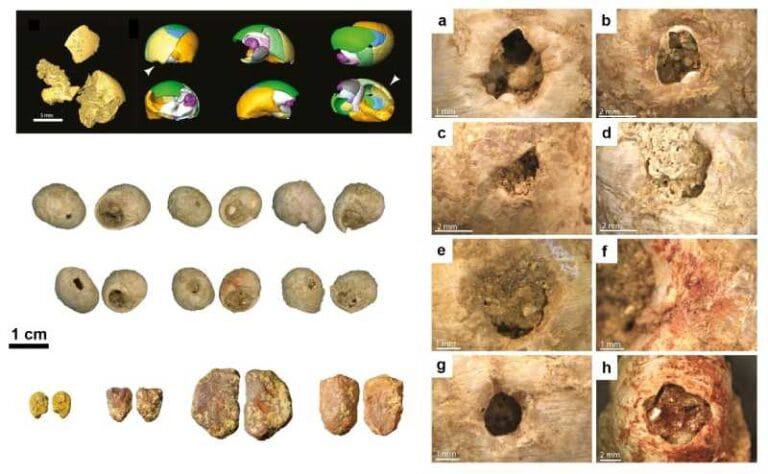Amulet depicting Solomon found in Turkey

In the Eskipazar district of Karabük, a 5th-century AD amulet (talisman) was discovered during excavations in the ancient city of Hadrianopolis. The artifact depicts Solomon riding a horse while striking the devil with a spear.
The city, inhabited during the Late Chalcolithic, Roman, and Early Byzantine periods, continues to be the focus of excavation and restoration efforts led by Dr. Ersin Çelikbaş, a professor in the Department of Archaeology at the Faculty of Letters, Karabük University. The excavations are part of the Ministry of Culture and Tourism’s Heritage for the Future Project.
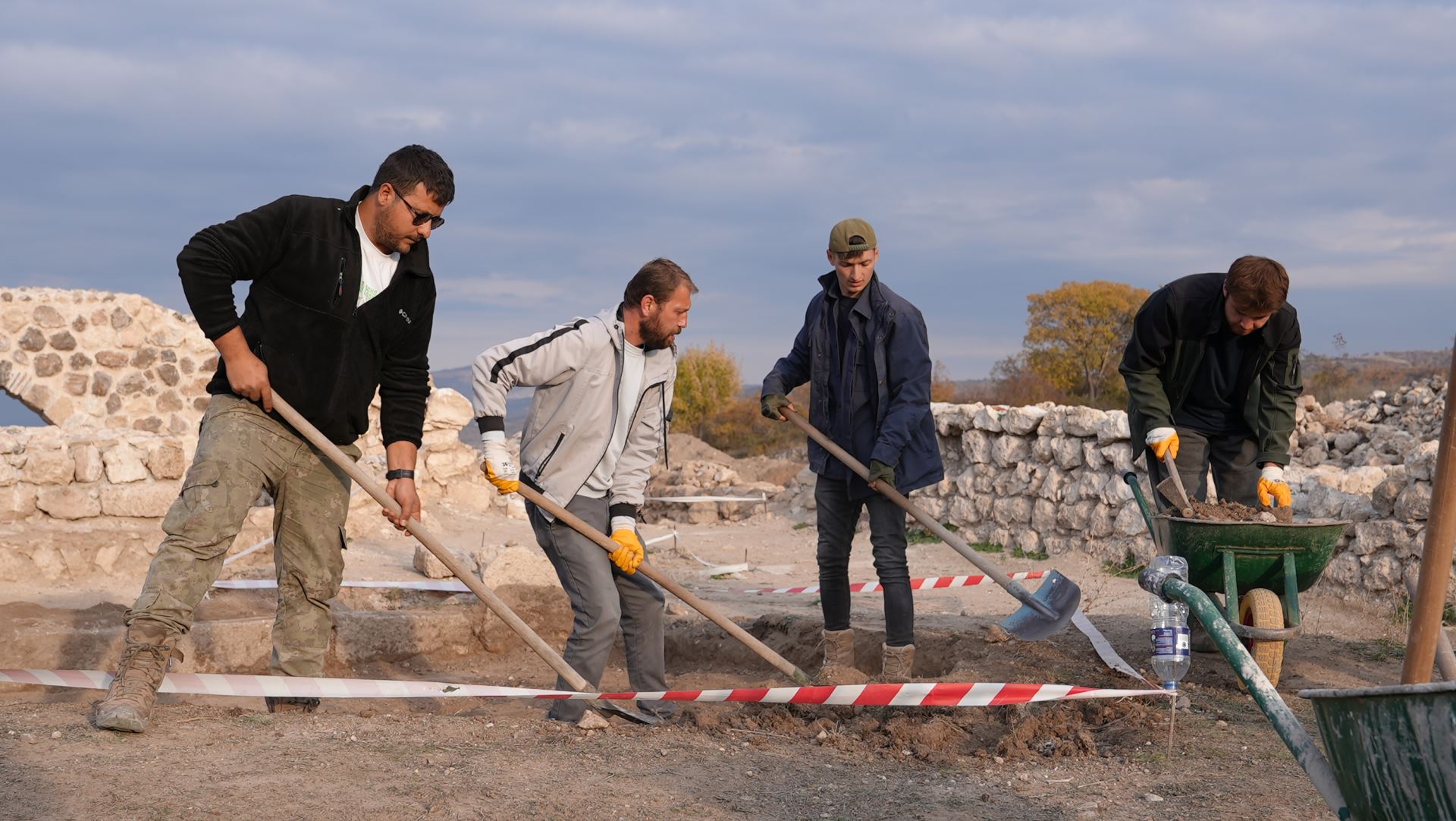
So far, discoveries include two baths, two churches, a defensive structure, rock-carved tombs, a theater, an arched and domed building, a monumental niche, city walls, a villa, other monumental buildings, and cultural areas. The site is referred to as the “Zeugma of the Black Sea” due to the mosaics depicting various animals found on the church floors.
Dr. Çelikbaş highlighted that the 2024 excavations are concentrated on a site called SDJ-3, where significant findings have been made. He stated that the amulet is highly significant for Anatolian archaeology, as no similar artifact has been recorded in the region. The item is a pendant used as a talisman, featuring inscriptions on both sides and an illustration of Solomon defeating the devil with a spear while on horseback.
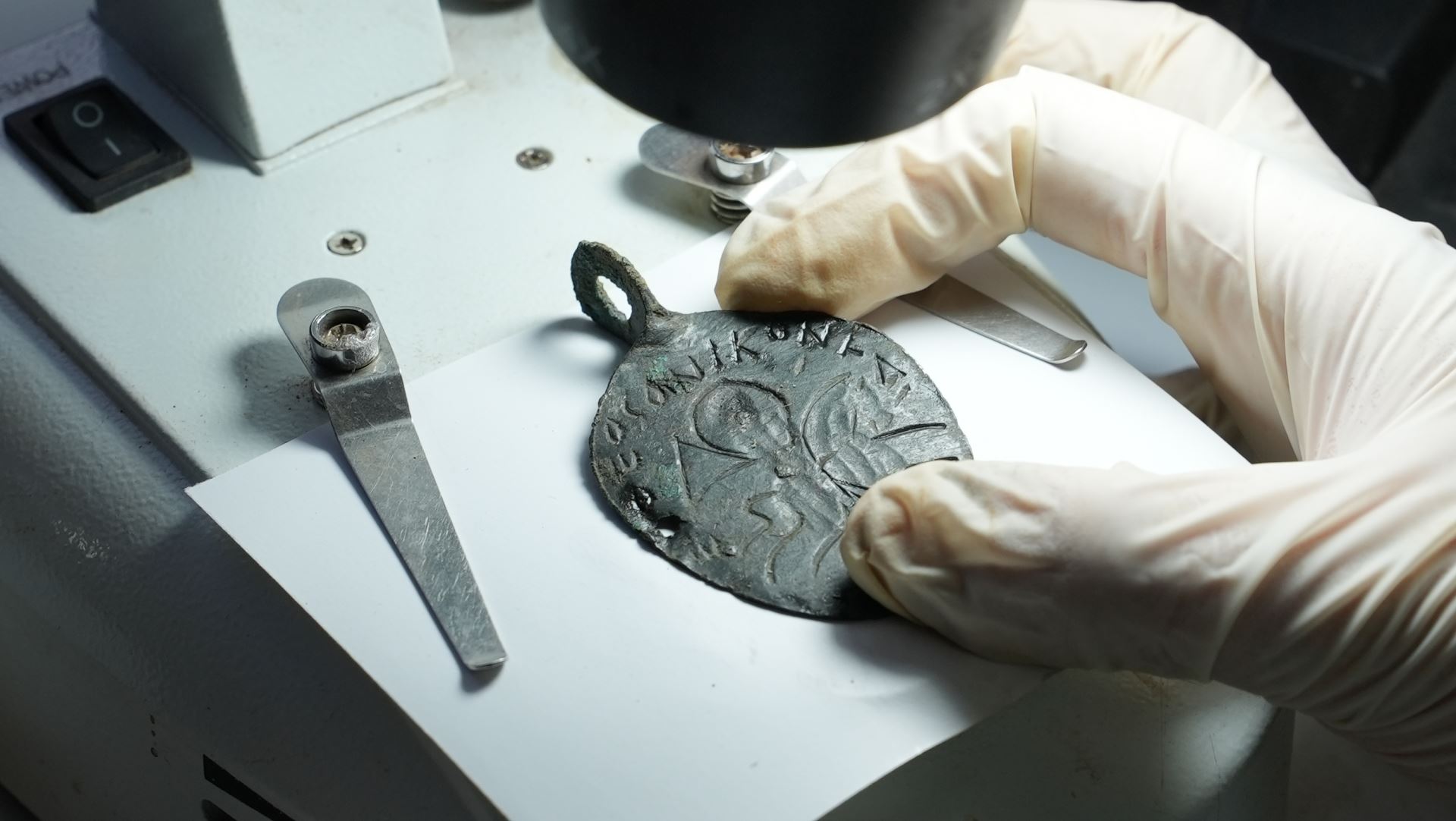
He explained that Solomon is a central figure in three religions: mentioned as a king in the Old Testament and the Bible, and recognized as a prophet in Islam. “The depiction of Solomon on this pendant surprised us and underscored the artifact’s importance to Anatolian archaeology. The inscription on the pendant reads: ‘Our Lord has conquered evil,’” he said.
The professor also linked the discovery of the pendant to the military nature of Hadrianopolis. He mentioned that previous excavations confirmed the presence of a cavalry unit in the region. “Solomon is known as a commander of armies, suggesting he may have been regarded as a protective figure for the Roman and Byzantine knights of Hadrianopolis,” he explained. On the reverse side of the amulet, the names of the four holy angels—Azrael, Gabriel, Michael, and Raphael—are engraved.
Based on graphic analyses, the amulet has been dated to the 5th century AD. The professor noted that, so far, a similar artifact has only been found in Jerusalem, the capital of Palestine. The discovery of comparable objects in such distant locations reinforces the idea that Hadrianopolis was a significant religious center in antiquity. This find once again highlights the historical and religious importance of Anatolia.


